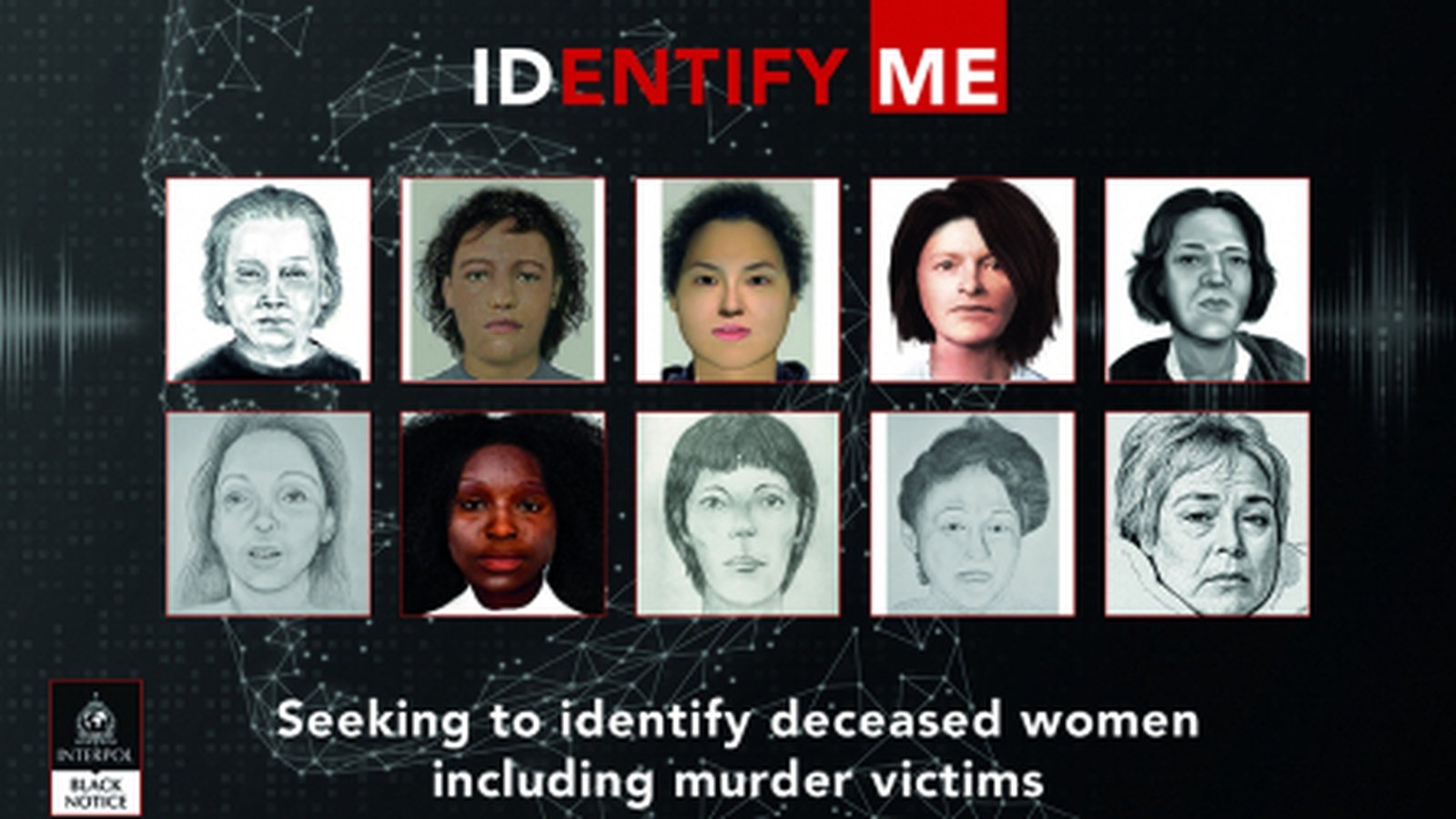Global police body Interpol launched a new campaign to identify 46 women whose remains have been found across Europe in unsolved cases with some dating back decades.
Most of the women were “murdered or had died in suspicious or unexplained circumstances,” the Lyon-based organisation said.
The initiative builds on an “Identify Me” appeal launched by Interpol in 2023 to identify 22 deceased women, which saw some 1,800 tips received from the public.
It has been expanded to include cold cases from Belgium, Germany, and the Netherlands, as well as unexplained deaths from new participating countries France, Italy, and Spain.
“Even the smallest piece of information can be vital in helping solve these cold cases,” said Interpol Secretary General Jurgen Stock.
“Whether it is a memory, a tip, or a shared story, the smallest detail could help uncover the truth,” he added in a statement.
The Identify Me campaign notched up one major success in November last year with the announcement that the body of a woman found murdered 31 years ago in a Belgian river had been identified as Briton Rita Roberts.
Ms Roberts had been identified over three decades later thanks to a tattoo of a black flower with green leaves which was recognised by a family member in Britain.
Interpol is publishing images of the women’s faces as well as images of items such as jewellery and clothing, which were discovered at the various sites where the remains were abandoned.
“Our goal in the Identify Me campaign is simple. We want to identify the deceased women, bring answers to families, and deliver justice to the victims,” said Mr Stock.
“The public could be the key to unlocking a name, a past, and in delivering long-overdue justice.”
Read more stories from around the world
In the new probe, police forces will pool analytical capabilities and forensic methods, such as DNA profiling and facial reconstruction.
Interpol has published on its website extracts of so-called Black Notice alerts on the cases, which are requests for information on unidentified bodies traditionally only circulated among police.
The alerts include details ranging from biometric data to physical descriptions of the body or clothing.

